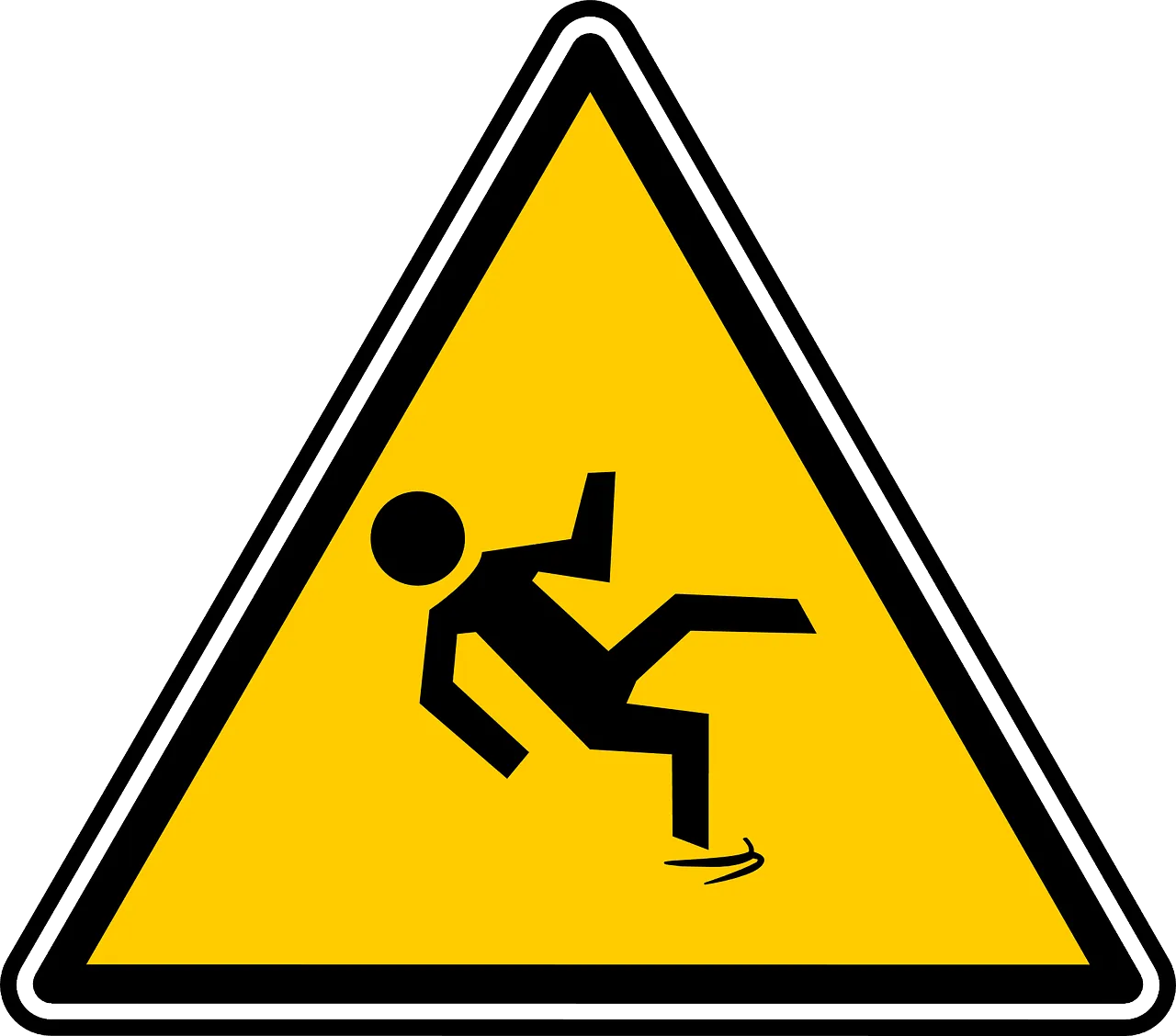 If you’ve ever practiced yoga, taken singing lessons, or played the didgeridoo, you know that breathing can be more than just automatic. We have methods to control our breath, just ask lifeguards. Breath control is important in all aspects of life, and for some, it can mean the difference between a good start to the day, or a frustrating road ahead, especially if there’s a car breathalyzer or ignition interlock ready to test your breath for alcohol. Hopefully, you’ve already been trained on how to get the right “hum” for your car breathalyzer, but, if you’re in doubt of your lung power or technique, keep in mind the following:
If you’ve ever practiced yoga, taken singing lessons, or played the didgeridoo, you know that breathing can be more than just automatic. We have methods to control our breath, just ask lifeguards. Breath control is important in all aspects of life, and for some, it can mean the difference between a good start to the day, or a frustrating road ahead, especially if there’s a car breathalyzer or ignition interlock ready to test your breath for alcohol. Hopefully, you’ve already been trained on how to get the right “hum” for your car breathalyzer, but, if you’re in doubt of your lung power or technique, keep in mind the following:
- You need to blow a steady stream of air. So, if you’re not “feelin’ it” because you just ran a marathon, give yourself a few minutes to breathe before you blow.
- That air can’t be too soft or too hard. It has to be “just right” for your car breathalyzer, or you’ll be asked to submit another sample.
- Timing is everything. You need to hum into your device for around five to seven seconds.
- What’s the frequency? This is where the “hum” helps since there is a range of sound frequencies that the device uses to analyze your sample. A soundless “blow” won’t do you any good.
- Turn up (or down) your volume. Not your stereo volume, but the volume of your hum. Again, the device has specific ranges of tone, volume, and strength, that it is looking for to accurately test your breath sample.
- Don’t panic. Remember that if a car breathalyzer test fails, it is important to remain calm. Stress and worry can change how effectively you’re breathing, making an “oops” into a bigger frustration.
A car breathalyzer or ignition interlock device is there to make sure you can keep driving, and all it is asking for is that you don’t drink alcohol, and give it the breath sample it needs for testing. There’s a perfect hum for every device and one that can be mastered with practice, control, and a desire to prove your sobriety with every breath.

 The Falling Drunk: Wisconsin’s Other Drinking Problem
The Falling Drunk: Wisconsin’s Other Drinking Problem